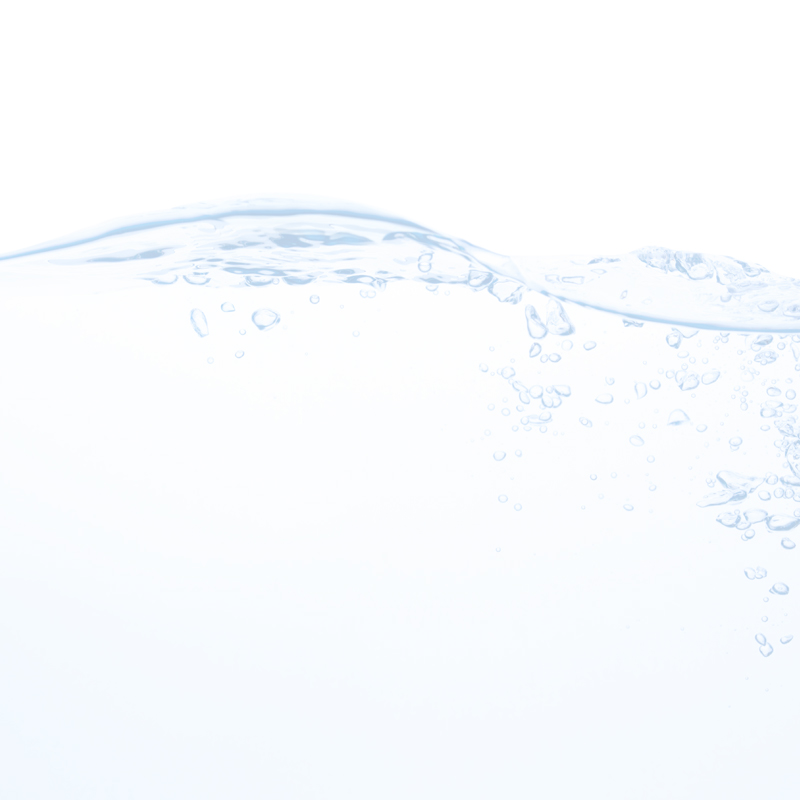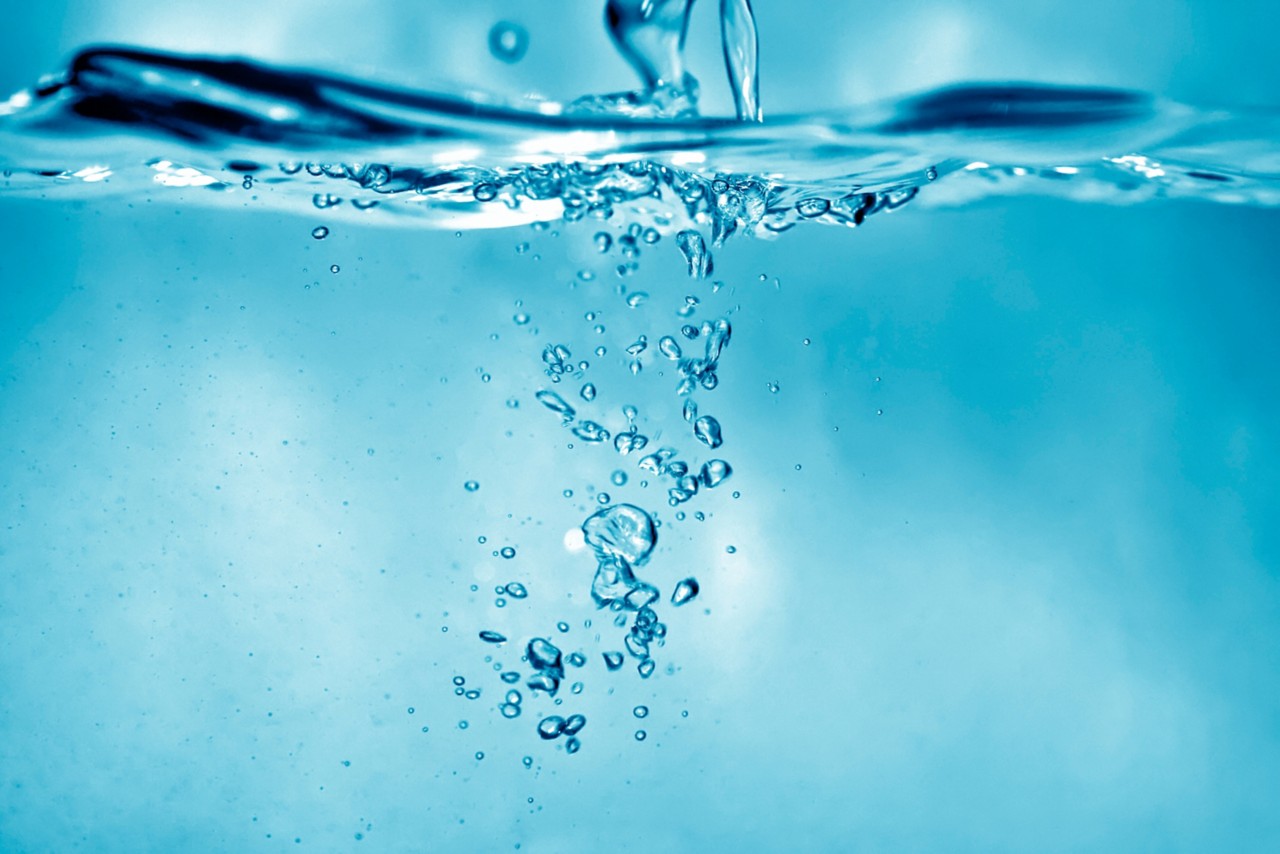Stop Wasting Water and Money. FIND A LOCAL PRO
At Pentair, we’re experts on the various methods available to filter, treat, or disinfect the water in your home. One popular type of said home water solution is ultraviolet – or UV – light technology. UV disinfection systems are designed to reduce potentially harmful pathogens, viruses, bacteria or other microorganisms that can be present in a water supply. You may remember these terms from your school science class, but if you don’t recall the specifics, stick with us and we’ll teach you the “how,” “why,” and “what” of UV light as a water treatment solution.
How Do UV Filters Work
By installing a UV system at the point where water enters your home (a.k.a. point-of-entry systems) you can treat the water in your home by reducing viral and bacterial impurities and contaminants. It’s a common misconception that UV technology improves the water in your home by outright killing these bacteria, viruses, and microorganisms, but that’s not exactly right. More accurately, a UV system uses ultraviolet light to zap unwanted pathogens, deactivating their DNA, rendering them inept and unable to reproduce. Here’s how the process works within the UV system:
- As water enters your home, it moves through a stainless-steel reactor where it is exposed to a UV lamp.
- UV light inactivates the bacteria in the water, rendering them unable to reproduce or function, reducing the risk of infection.
- Once the water has passed through the chamber, the treated water is distributed to every tap in your home.
What Does a UV Filter Treat?
While UV treatment doesn’t necessarily remove pathogens and organisms, it does keep them in check by altering their DNA or cell wall. Unable to reproduce, bacteria and viruses are inactivated and present a reduced threat in your water when treated with UV light.
Some common microbial contaminants that UV filters target include:
E. coli is associated with fecal contamination from agricultural runoff and sewage. Most strains of E. coli are harmless, but a particular strain, 1057:H7, produces a potent toxin that can cause severe illness, according to the Centers for Disease Control and Prevention (CDC).
Select Pentair UV filters are certified by the NSF to kill 99.9% of bacteria like E. coli. Each certified system is independently tested and approved for use in cities requiring certified units.
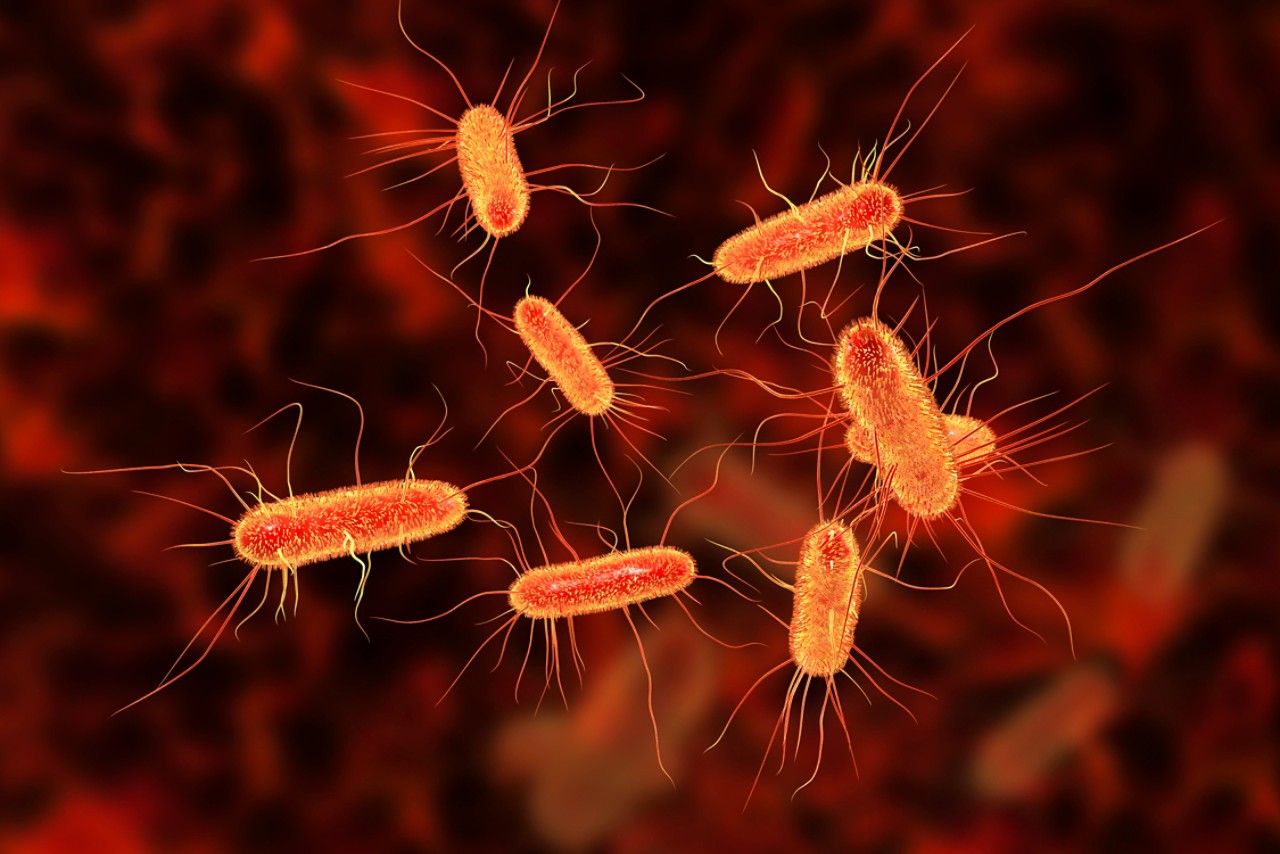
Cryptosporidium are microscopic parasites that can cause diarrheal disease. According to the CDC, the parasite has an outer shell that makes it resistant to standard chlorine treatments. The CDC classifies Cryptosporidium as one of the leading causes of waterborne illness.
Some UV filters are able to eradicate up to 99.9% of most protozoa, including Cryptosporidium.
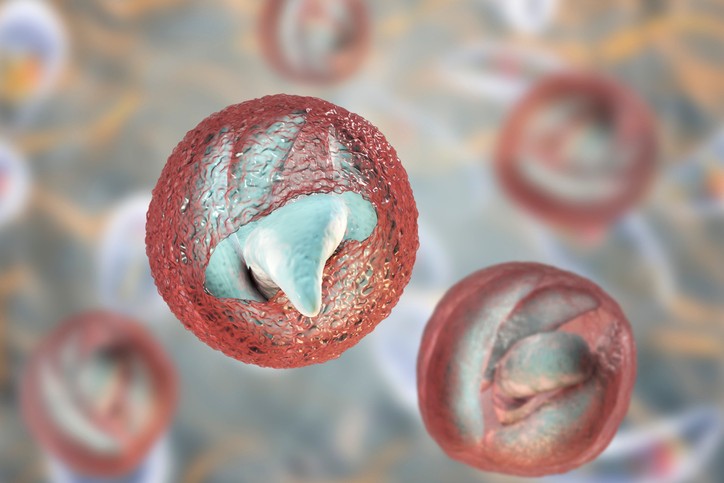
Giardia, a microscopic parasite similar to Cryptosporidium, is also linked to severe diarrhea. It can survive in the environment and your body for substantial periods of time because of its outer shell which, like Cryptosporidium, makes Giardia more resistant to chlorine treatments. Giardia infection is a common cause of waterborne disease in the United States, according to the CDC.
The CDC recommends point-of-use filters that are tested and certified by NSF to effectively reduce Giardia in your drinking water.
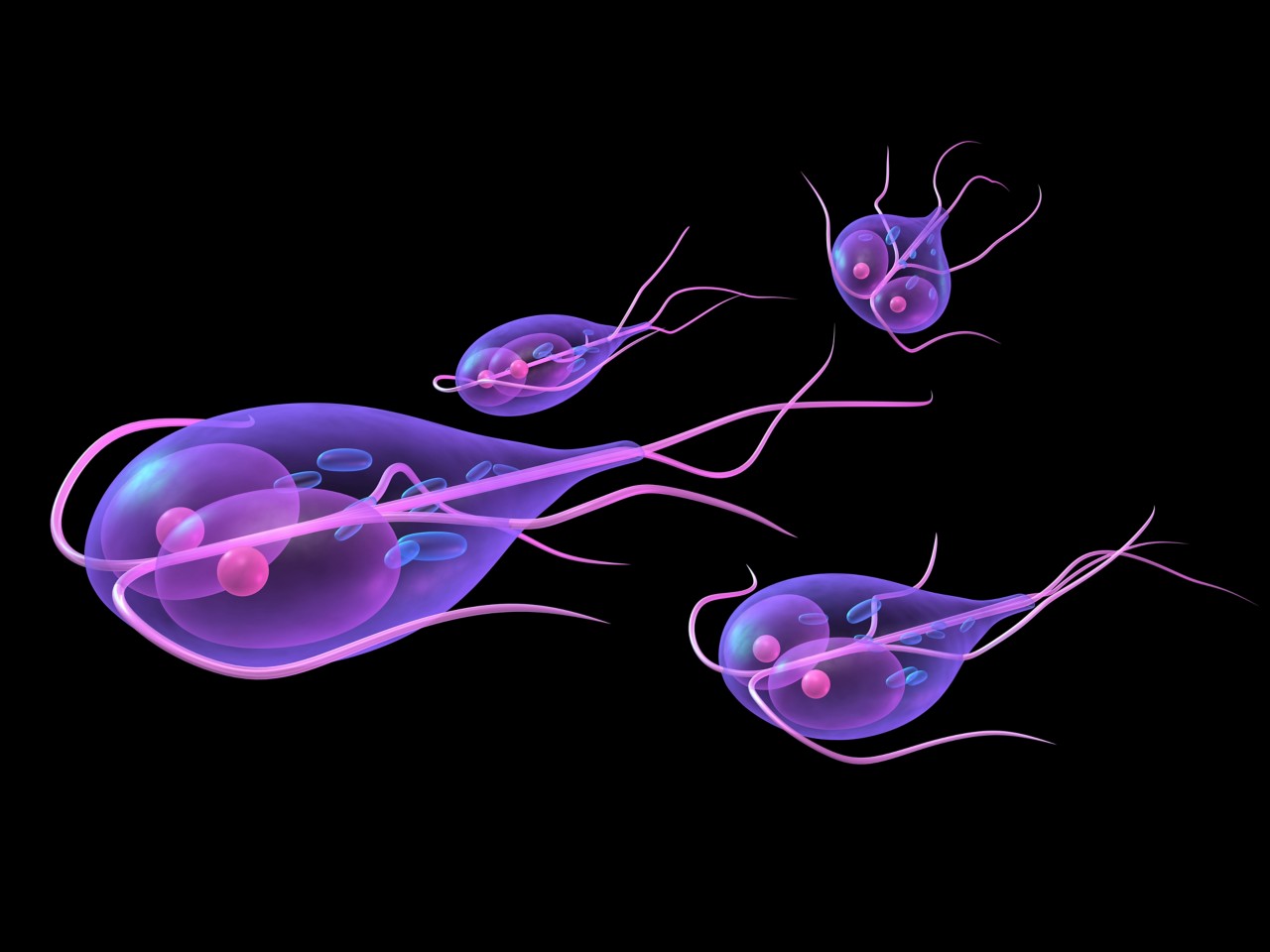
Hepatitis A is a viral liver disease. According to the CDC, the disease ranges in severity and can last from several weeks to a few months. One way Hepatitis A can enter a water system is in the fecal matter of an infected person.
Some UV treatment products can eradicate up to 99.9% of viruses like Hepatitis A from drinking water.
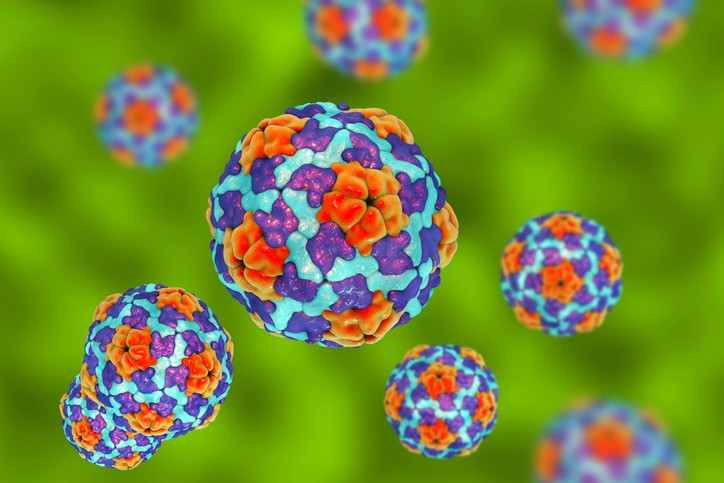
We are water Experts
Water quality is non-negotiable. To prove it, we've built state-of-the-art water quality labs and filled them with the best and brightest scientists — all so we can provide you with the best water of your life.
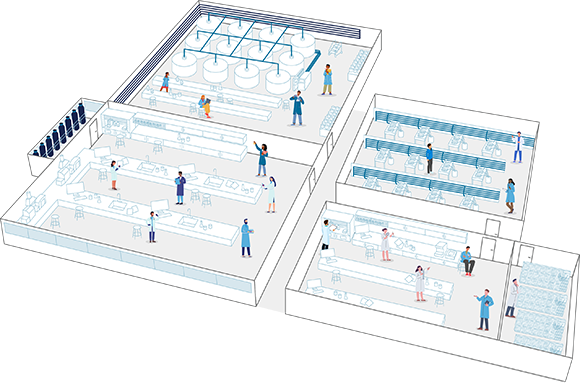
How To Test Your Water for Total Coliform
According to the Environmental Protection Agency (EPA), total coliforms are a group of related bacteria, such as a variety of parasites and viruses, known as pathogens, which are typically not harmful if ingested by humans, but can be an indicator of other pathogens in the water.
The EPA’s Public Notification Rule requires that your local public water system notify you if there is a problem detected in your drinking water. If you get your water from a private well, you are responsible for maintaining your water’s cleanliness and testing it. The EPA does not regulate privately-owned wells.
What's in your water?
start here
Worried about your water? Take control with our at-home water test kit. We'll analyze your water and recommend the best filtration or softening solution for your specific needs.
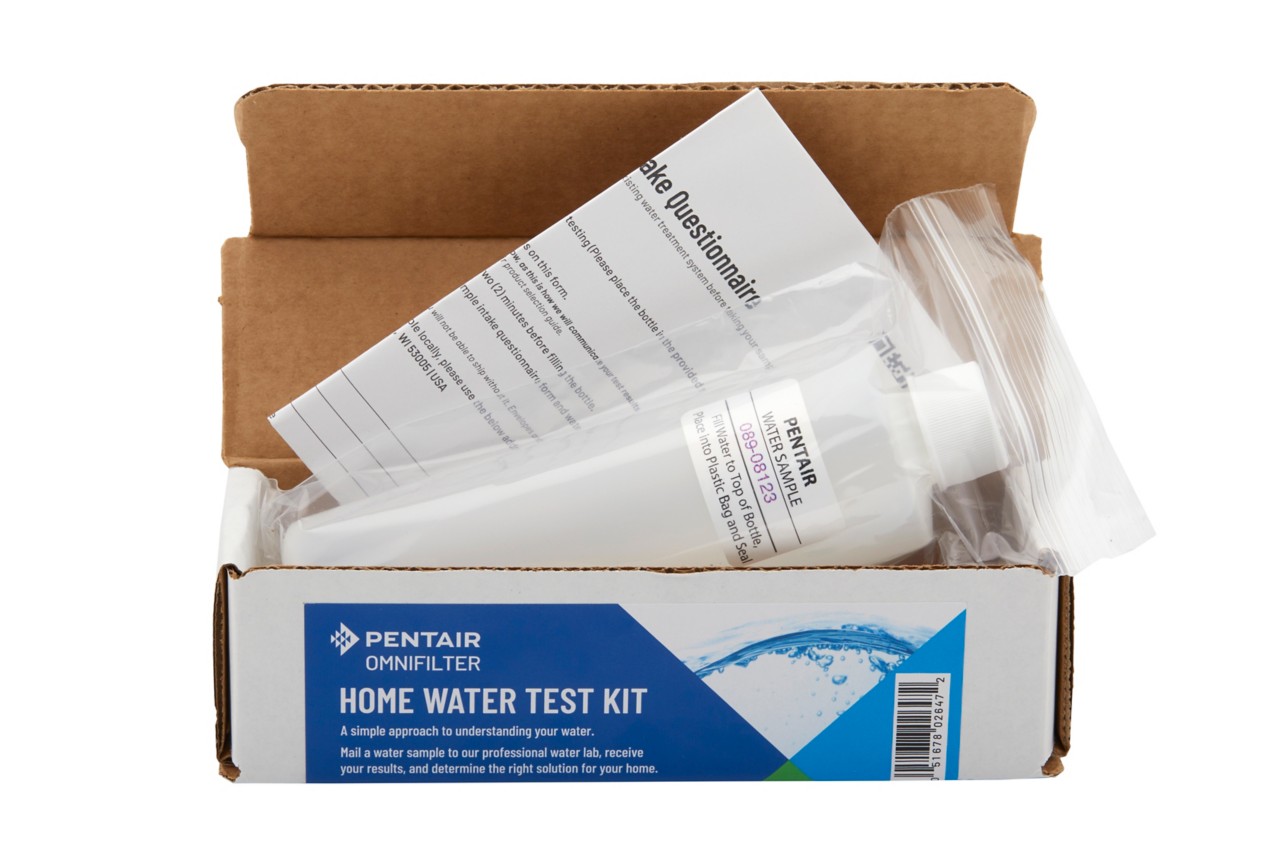

Water 101
Unleash the secrets of your H2O! Explore where water originates and discover the various water filtration solutions that transform it into drinkable water.
*NSF/ANSI Standard 53 certified to reduce cysts such as Cryptosporidium and Giardia by mechanical means.

